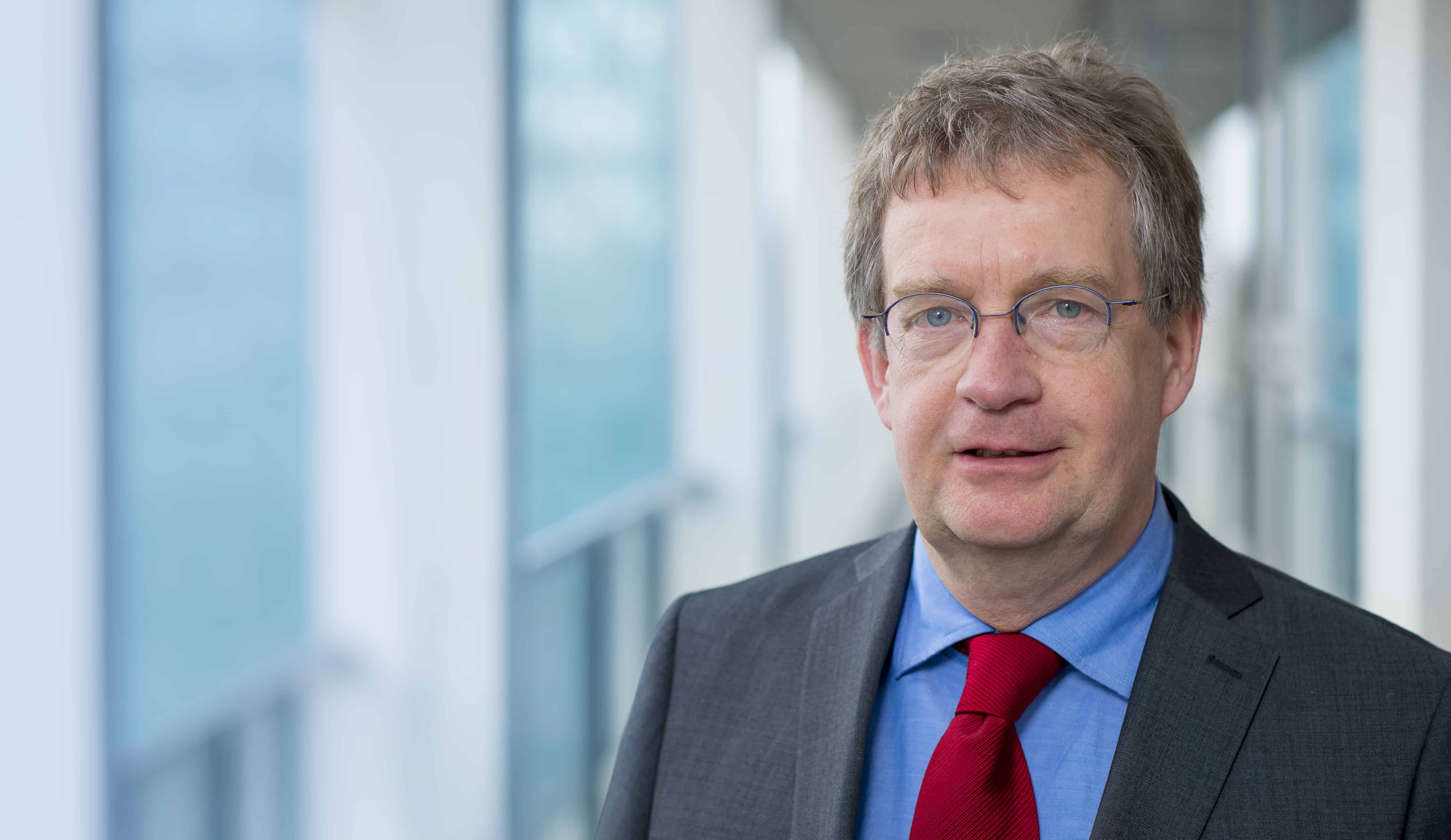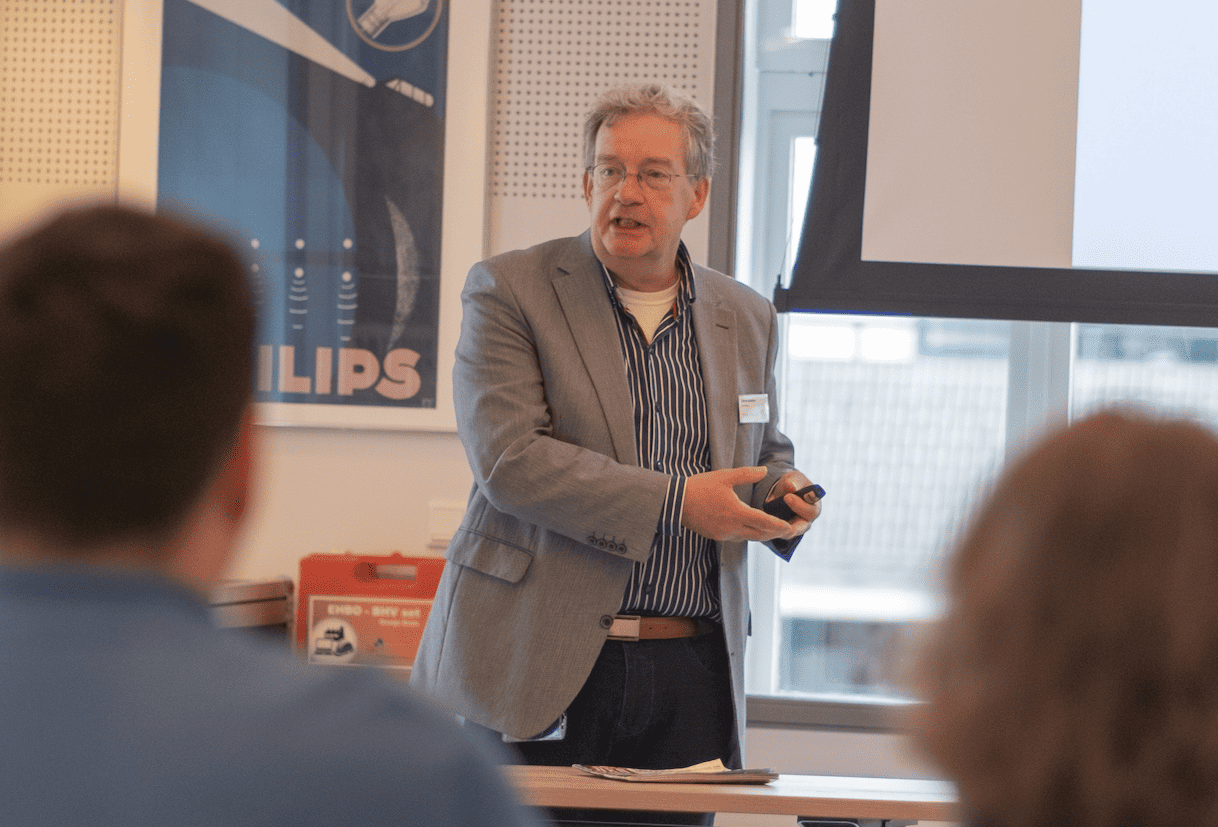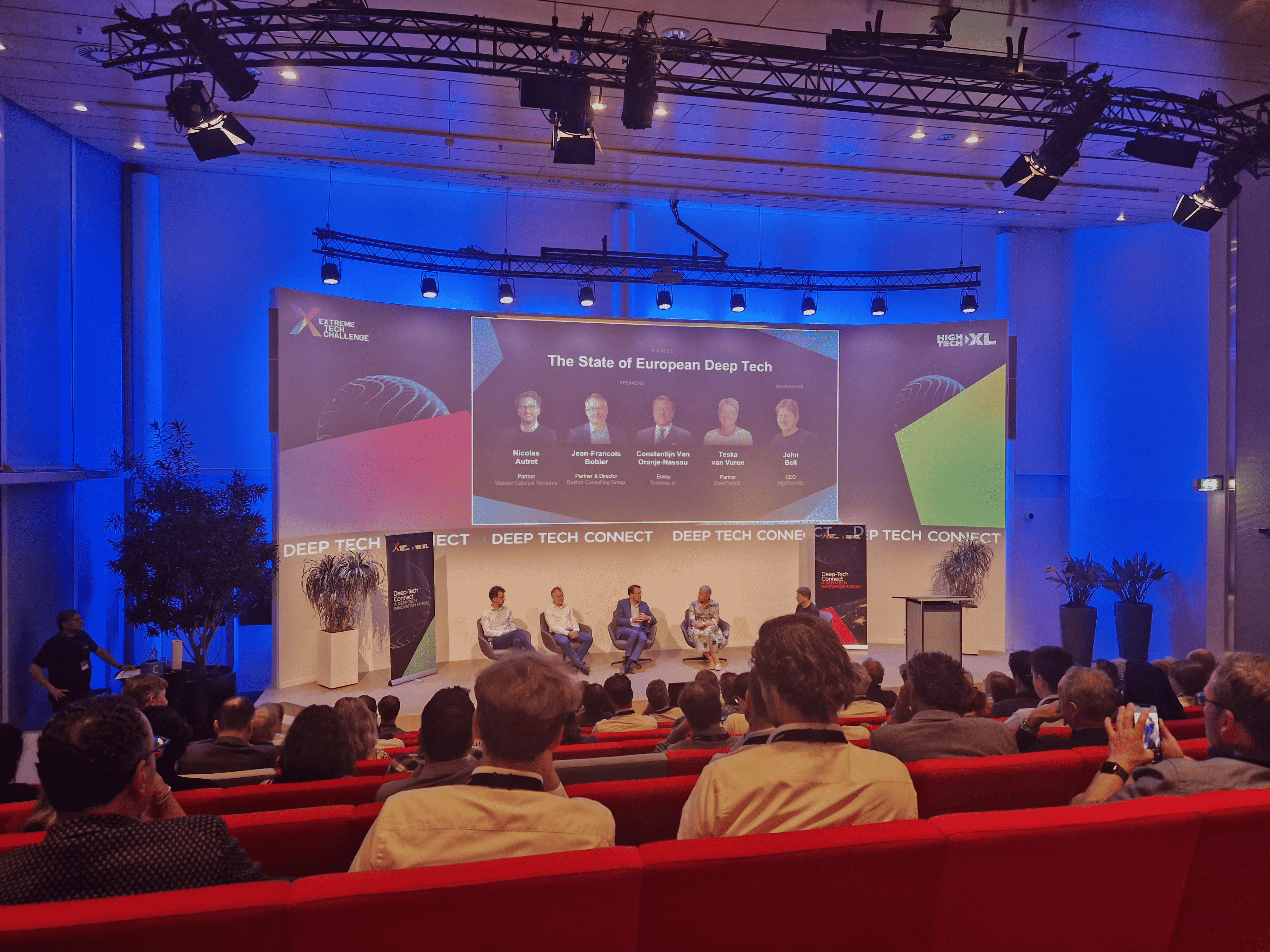
Lex Hoefsloot recently won the Singularity Global Impact Challenge. He now gets the opportunity to see and feel the innovative powers in Silicon Valley. For 8 weeks the frontman of Eindhoven-based startup Lightyear will be joining a Singularity program. His reports will be published regularly on E52 this summer. Today, the first episode. Here’s the whole series.
Climate change is a challenge of unimaginably huge proportions. It challenges the human race’s creativity, ingenuity, and courage in a way we have never encountered before. Coming up with solutions to combat climate change is hard, if not close to impossible since it requires reallocating up to 5% of the world’s economy, which is now dedicated to oil and gas. And almost an equal percentage in jobs. Fossil fuels are very deeply ingrained in our culture and infrastructure. Today it is, in fact, the source of energy for almost everything that moves, thinks and flows. The energy transition might, therefore, be best compared to a heart transplant but without putting the patient to sleep. The world economy has to push forward, everyday life has to proceed.
“Crunching our brains to come up with solutions for climate change”Lex Hoefsloot,

The number of constraints renewable energy has to comply to before it is regarded an worthy alternative is staggering: it has to be cheap (cheaper than fossil fuels!), always available, compact, easily integrated into our ecosystems, made of widely accessible (non-harmful) materials, easily installed, not too ugly and quickly scalable. Iterating through this list makes me feel humble about my own opportunities to contribute to changing the course of climate change. It makes me realize that this is a very broad intellectual challenge for which we all need to tightly knit our brains together in order to arrive at the right solutions.
However, experiencing the power of motivated and highly skilled teams like Solar Team Eindhoven, Blue Jay Eindhoven, and Lightyear, makes me hopeful. The ability of small teams to rethink and actually built new architectures of current infrastructures, products, and systems can send shockwaves through the world, inspiring millions and sometimes even billions of people.
I am currently writing this on a plane to San Francisco, Silicon Valley USA. This region is not only home to one of the biggest inspirators in this field, Tesla Motors, but also to an institution funded by Google and other multinationals: Singularity University. Together with over 40 very talented people from all continents, I will embrace the challenge described above: crunching our brains to come up with solutions for climate change during the Global Solutions Program 2017. We owe it to the planet and to our continents. Although there is no guarantee for a positive outcome, I truly believe this kind of efforts to bring insights from all over the world together will spark new ideas that will eventually put us on the right track towards a sustainable human race.
The coming few weeks I will be writing about my journey as a representative from Lightyear, following this 8-week program that features some of the world’s greatest minds including Ray Kurzweil and Peter Diamandis.
Lightyear is a startup from the people that built Stella and Stella Lux. Lightyear develops solar electric cars that tackle a major hurdle in the transition to electric cars. The dependency on a charging infrastructure slows the introduction of electric cars since it creates a chicken-and-egg problem between cars and charging points.
Main Photo: Lex Hoefsloot (left) when he received his prize from Singularity Netherlands, together with Jonathan Breemhaar (TU Delft) – Photo (c) Singularity Netherlands







